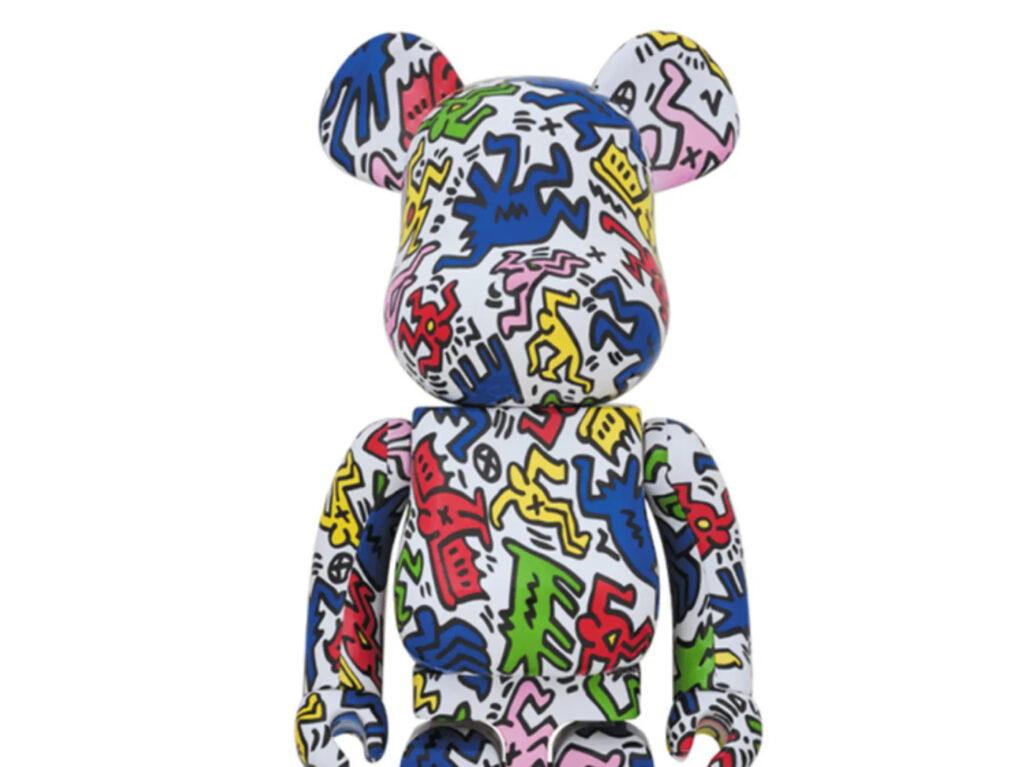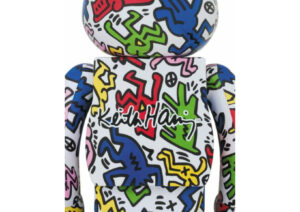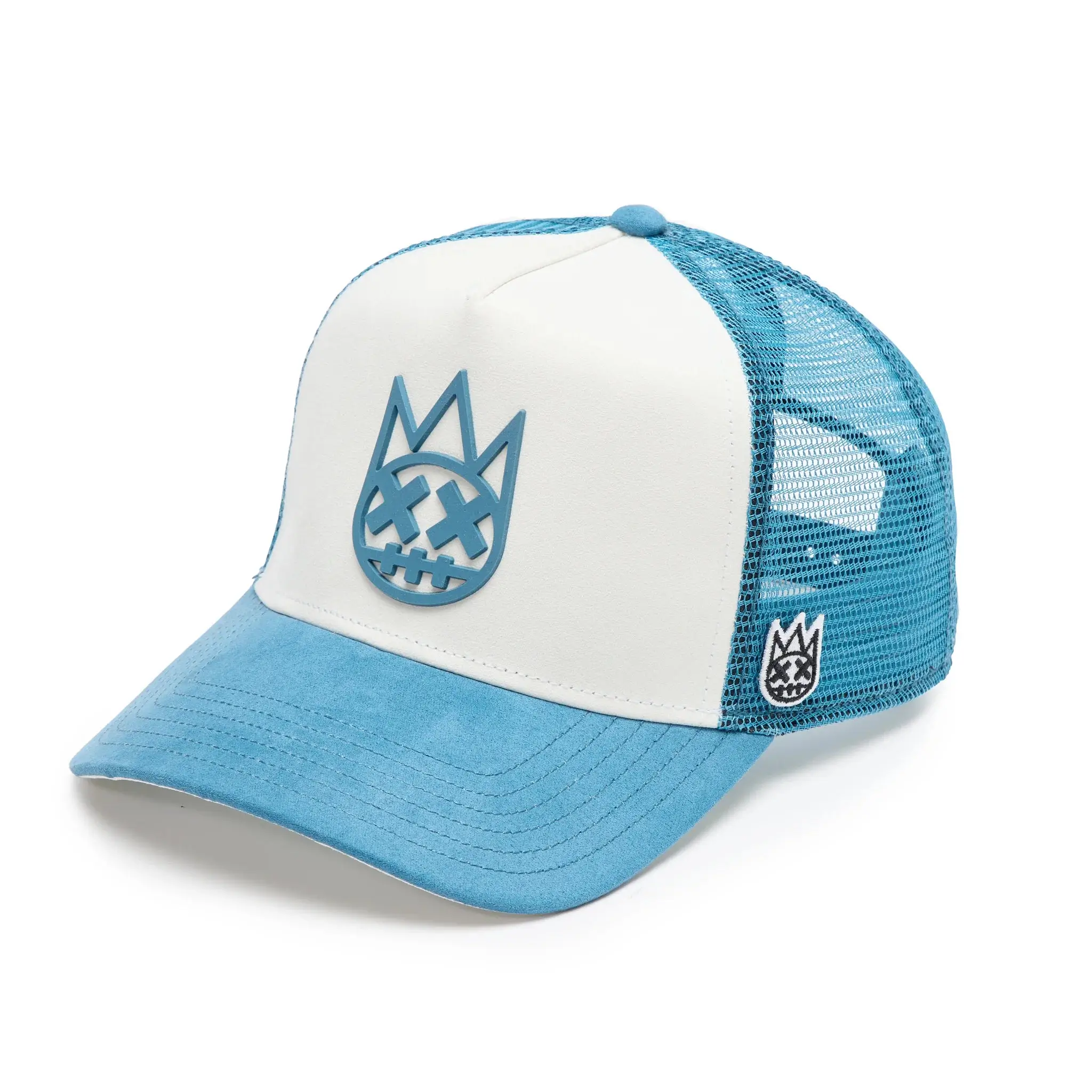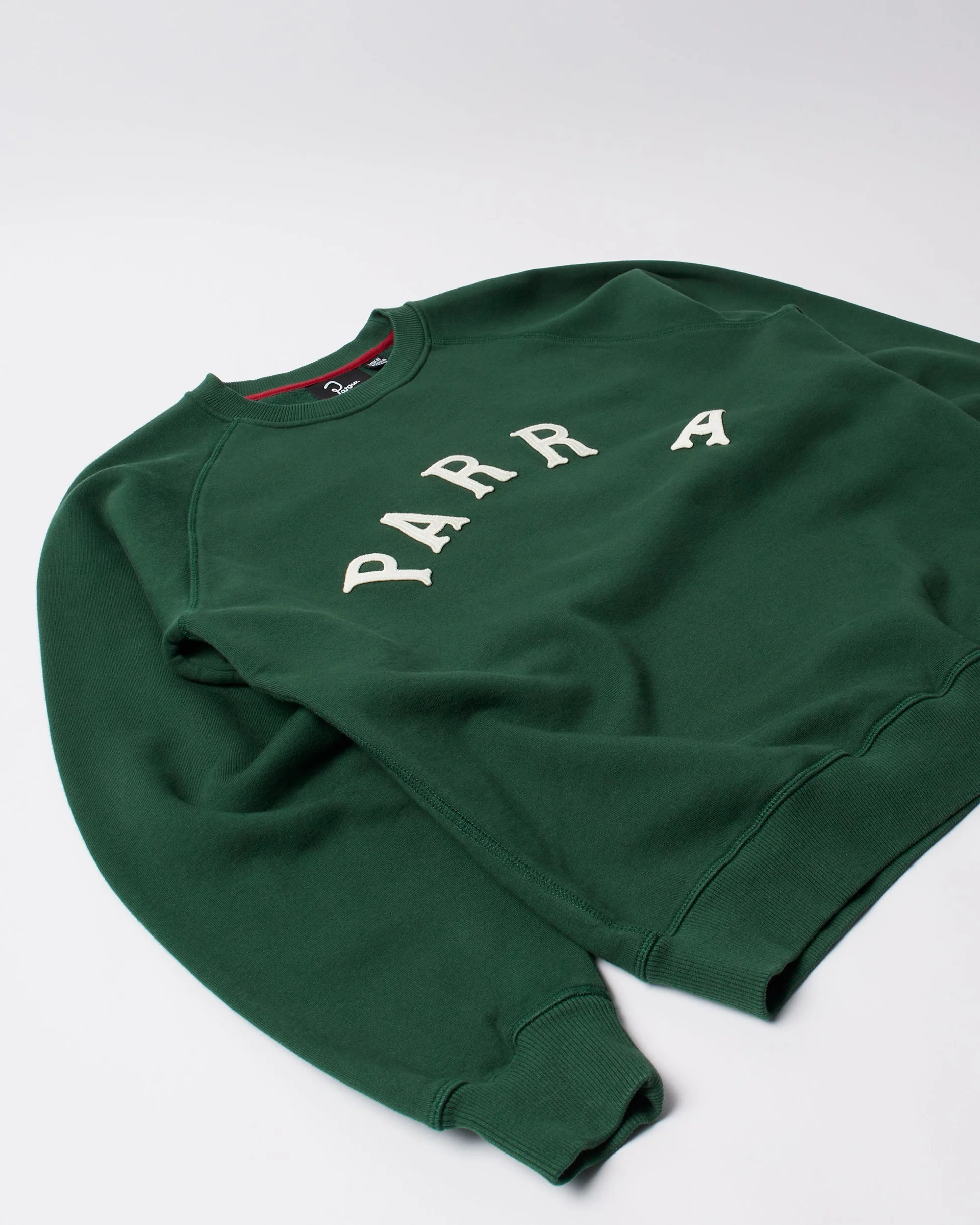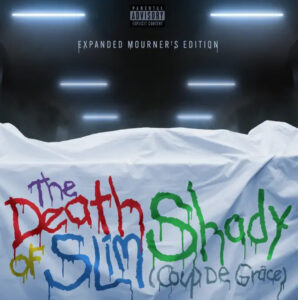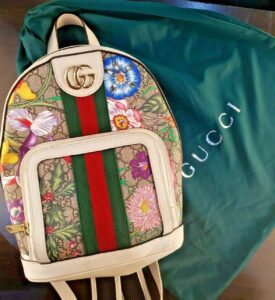Pop art never dies. It just finds new canvases. In 2025, that canvas is plastic—specifically, Medicom Toy’s globally beloved BE@RBRICK figures. And in this latest collaboration with the estate of Keith Haring, Japan’s leading art toy brand merges streetwise collectible culture with one of the most defining voices of 20th-century pop expression.
The result is more than just a figure. It’s a 3D art object that captures the spirit of rebellion, inclusivity, and kinetic energy that Haring injected into everything he touched—from subway walls to gallery halls. This BE@RBRICK isn’t just a tribute. It’s a transmission.
Keith Haring: Beyond the Image
To talk about this collaboration is to first acknowledge the gravity of Keith Haring himself—not as an “aesthetic,” but as an artist of mission. Born in Reading, Pennsylvania and raised in Kutztown, Haring moved to New York City in the late 1970s and quickly became a force in the downtown art scene. With a visual language rooted in accessibility and clarity—bold lines, bright colors, and recurring motifs like radiant babies, barking dogs, and dancing figures—Haring democratized art before the term “accessible art” was commodified.
But Haring wasn’t simply creating visually arresting works. He was communicating. His figures were alive with urgency, joy, resistance, and empathy. A passionate advocate for the LGBTQ+ community, a vocal critic of apartheid, and an artist who used his platform for activism as much as expression, Haring’s ethos was inseparable from his output.
So when Medicom Toy creates a BE@RBRICK wrapped in Haring’s dancing people motif, it’s not just appropriating a pop aesthetic—it’s echoing a philosophy.
BE@RBRICK: From Toy to Canvas
BE@RBRICKs have evolved far past their toy origins. What started in 2001 as a bear-shaped collectible figure made from plastic—designed in a blocky, minimalist style akin to LEGO—has become a blank slate for artistic collaboration. Medicom Toy’s genius wasn’t in creating a bear-shaped toy, but in realizing that this toy could act as a cultural mirror.
Over the past two decades, BE@RBRICK has partnered with an impressive and ever-widening constellation of artists, designers, and fashion labels. From Jean-Michel Basquiat to Andy Warhol, Nike to Chanel, fragment design to Daft Punk—each collaboration repurposes the bear form as a wearable, collectible artwork. And for many art fans who can’t afford an original Warhol or Haring piece, BE@RBRICKs provide a rare intersection: affordable (sometimes), tangible, display-worthy art.
The scale of the figures also adds to their impact. The 100% size (2.8 inches) fits in a palm. The 400% version (11 inches) is the most common collector’s choice. But it’s the 1000% size (27.6 inches tall) that transforms the figure into a sculptural centerpiece—what many would consider a fine art object.
The Design: Dancing People, Frozen in Time
The Haring BE@RBRICK is wrapped in one of the artist’s most iconic motifs: the “dancing people”. Rendered in a range of bold, saturated primary colors—reds, blues, yellows, and greens—the figures pop out against a white backdrop, defined by Haring’s signature thick black outlines. There’s no filler, no gradients, no shading. It’s line and color in perfect tension.
The imagery, instantly recognizable even by casual viewers, evokes joy, unity, and motion. The figures seem to radiate energy from within—dancing, communicating, forming a silent symphony of gesture. But when printed on the BE@RBRICK’s segmented, jointed body, the artwork takes on new meaning. The dancing people now wrap around a bear-shaped structure, warping slightly over arms, legs, and rounded ears. The result isn’t distortion—it’s a reinterpretation. The movement of the figures is exaggerated by the physical shape they inhabit.
Haring’s signature, printed on the back, acts as both an authentication and a punctuation mark. It grounds the figure in legacy, reminding us that while Haring passed in 1990, his work continues to breathe, morph, and evolve.
Art on a Bear: Commodification or Continuation?
As with all art-meets-commercialization endeavors, the Haring BE@RBRICK invites a natural critique: does this format honor or dilute the artist’s vision?
That depends on how you view the role of mass production in art. For Haring, accessibility was key. He created the Pop Shop in 1986 specifically to make his work available to the masses, bypassing the elitism of traditional gallery spaces. He believed art should be in subways, on T-shirts, in the hands of those who felt excluded by institutional gatekeeping.
In that sense, a BE@RBRICK bearing his work is less a sellout and more a spiritual continuation. It allows Haring’s message—of visibility, community, resistance—to be physically carried and displayed by a new generation. And while the 1000% version may still carry a luxury price tag, it’s still more within reach than an original canvas or silkscreen.
For fans of Haring, this figure becomes a new portal into his world. For newcomers, it’s an entry point into an artist whose work is as relevant today as it was in the middle of the AIDS crisis or during his anti-apartheid protests.
Scale and Collectability: More Than Size
In BE@RBRICK culture, size is everything—and not just in a literal sense. The scale of a figure speaks to intent, presence, and purpose.
- 100% (2.8 inches): Often sold as part of a set, this size is about mobility. It can be carried, displayed on a shelf, or used as a charm. It’s a gateway size—small, accessible, and ideal for casual fans or first-time collectors.
- 400% (11 inches): This size strikes a balance between practicality and presence. It commands attention but doesn’t overwhelm a space. For many collectors, this is the sweet spot.
- 1000% (27.6 inches): This is the gallery version. At nearly 2.5 feet tall, it transforms a design toy into an art sculpture. In Haring’s case, the scale allows for fuller appreciation of the print work, the line quality, and the visual rhythm of the dancing people motif.
Each size also carries its own collectability profile. The larger the figure, the more limited the run—and often, the more intense the resale market.
Culture Collides: Streetwear, Art, and Toy Design
What makes the Haring BE@RBRICK so potent is its position at the nexus of multiple cultural forces. It lives at the intersection of:
- Pop art – as the bearer of Haring’s instantly recognizable style.
- Japanese designer toys – through Medicom’s legacy of design precision and streetwear credibility.
- LGBTQ+ visibility – honoring an openly gay artist who used his art to speak truth to power.
- Collectible culture – in a time when art is no longer confined to galleries or walls, but lives in drops, auctions, and social feeds.
It’s not just a figure. It’s a timestamp—an object that condenses history, design, activism, and commerce into one bear-shaped piece.
The Resale Market and Rarity Factor
Like all coveted BE@RBRICK drops, the Haring edition is likely to move quickly—and resell even faster. Prices on the secondary market for 1000% BE@RBRICKs routinely exceed $500–$1,500 depending on demand, condition, and design significance. Artist collaborations, particularly with legends like Warhol, KAWS, or Basquiat, tend to fetch even more.
Haring’s BE@RBRICK fits squarely in that high-demand tier. It carries name recognition, strong visual identity, cultural weight, and art-world credibility. For collectors, it’s a no-brainer. For flippers, it’s a guaranteed mover. For fans, it might be the only way to own a Haring.
Flow
The Medicom Toy x Keith Haring BE@RBRICK isn’t just about nostalgia or novelty. It’s about continuation. It takes an image born in the grit of 1980s New York subways and reimagines it in vinyl form, in a Japanese workshop, in the homes of global collectors.
It tells us that the language of art has evolved—but the messages still matter. That joy, resistance, queerness, motion, and community can all be communicated with a few lines and bold colors. And that in a world obsessed with screens, touchable art still matters.
The bear may be silent—but it’s speaking volumes.
No comments yet.

